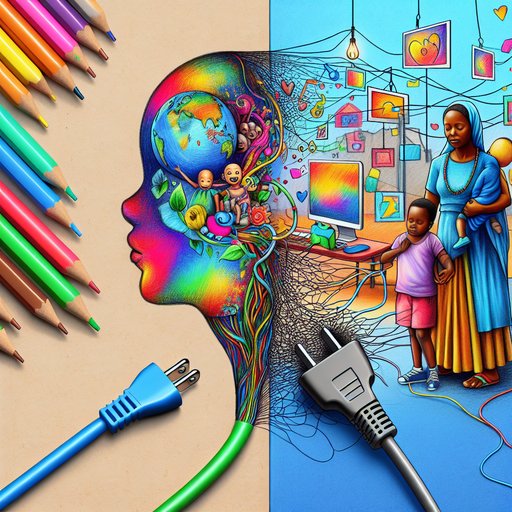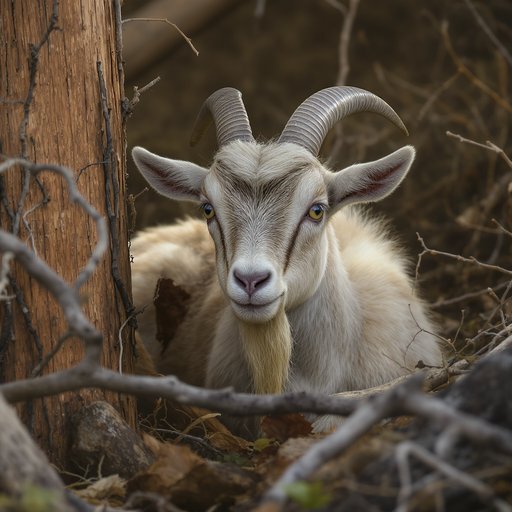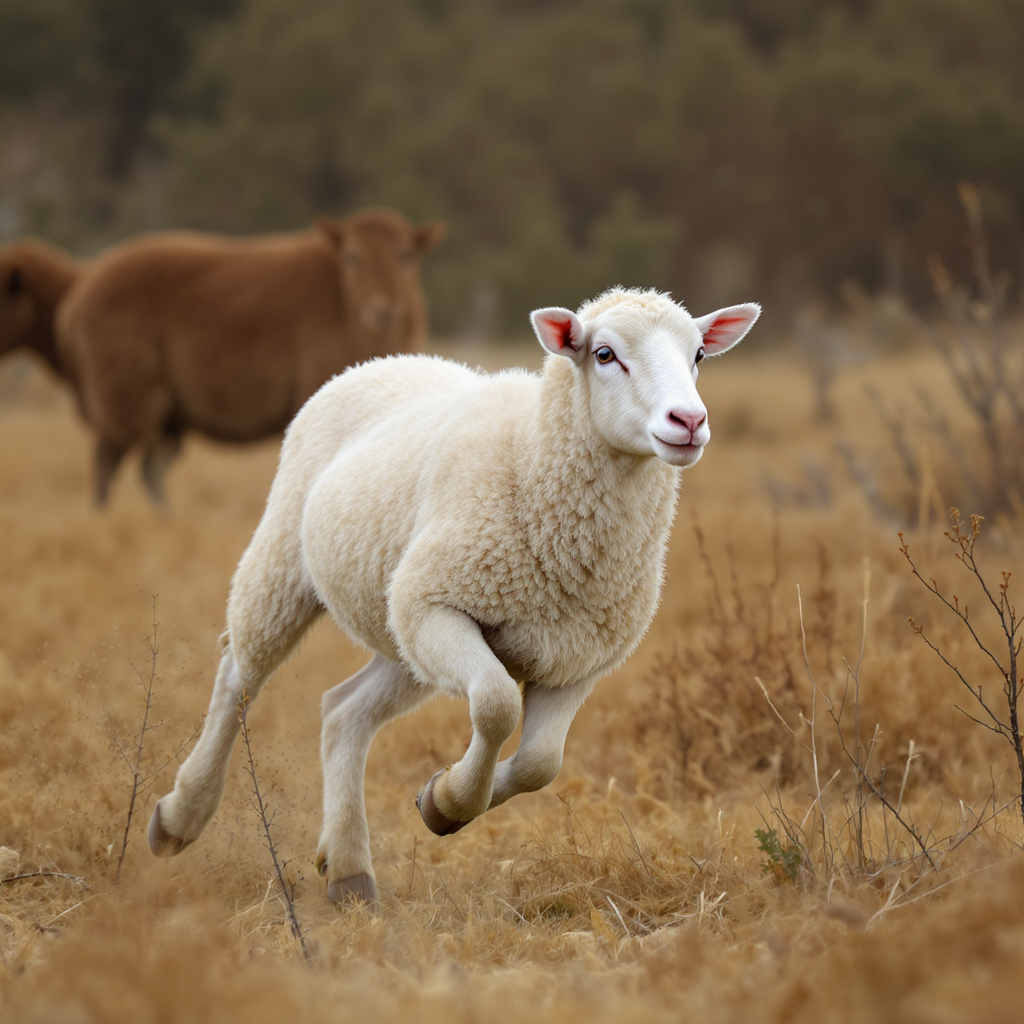
Melaka’s Graphytoon promises a small miracle: take a child’s crayon sketch and let artificial intelligence set it in motion, turning young art into animated stories [5]. The spectacle is delightful—and disarming. When software starts co‑authoring childhood, the core question isn’t merely what the algorithm can do, but who it serves, who it listens to, and who is left voiceless as daily life becomes a negotiation with code. In a world where whole populations still struggle for basic connectivity, the risks of exclusion are not abstract; African women, for example, have less access to the internet than men [1]. Graphytoon is a charming case with serious stakes: it asks whether we will design the next generation of creative tools as engines of inclusion or as silent editors of children’s imaginations.
Every technological leap recasts an old philosophical dilemma: are tools extensions of human intention, or do they begin to shape us in their image? When an algorithm animates a child’s drawing, it becomes not just a brush but a narrator, deciding pacing, expression, even emotion—choices that frame what counts as a “good” story. That shift demands that we revisit power and responsibility: if stories knit generations, then the algorithm that helps tell them is already a civic actor, not just a convenience. Here the headline is as simple as it is profound: Melaka’s Graphytoon brings kids’ drawings to life—AI turns young art into animated stories [1].
The delight is real, but so is the governance question: whose training data, whose defaults, and whose commercial incentives steer the child’s tale? If the system smooths the roughness of a six‑year‑old’s dragon into market‑tested cuteness, what forms of imagination are being domesticated—and by whom? We have learned from previous waves of tech that convenience often hides asymmetries of control. Those asymmetries grow wider wherever digital voice is scarce.
Across the African continent, women have less access to the internet than men, a gap that throttles participation and representation in digital spaces [2]. Meanwhile, even well‑resourced institutions are straining to keep up with demand for online learning, a sign that infrastructure and governance often lag adoption [3]. When creativity tools like Graphytoon proliferate faster than equitable access and oversight, the children most affected by algorithmic defaults are the least likely to shape them. The inverse is instructive: when inclusion is intentional, participation and outcomes accelerate.
Women are driving India’s digital finance revolution, demonstrating how access paired with agency can transform adoption into economic momentum [4]. In corporate governance, firms with lagging growth have seen revenue benefits when women serve as CFOs, a reminder that diverse leadership can steer complex systems toward better performance [5]. Translate that lesson to children’s AI: boards, standards bodies, and design teams that reflect caregivers, teachers, and marginalized communities are more likely to build tools that expand, rather than narrow, young imaginations. The mechanics of inclusive oversight are not mysterious; they are multidisciplinary.
Consider how the health sector studies attitudes and opinions across practitioners, librarians, and LIS academics to support evidence‑based medical practice in South Africa [6]. That research model—eliciting perspectives from those who provision, use, and curate knowledge—points toward governance that treats creative AI as a public knowledge infrastructure, not a toy. Imagine an equivalent for children’s media: educators, child psychologists, parents, and library professionals shaping content standards, curation norms, and evidence‑based safeguards as a matter of routine, not crisis response. Security and accountability are similarly learned, not improvised.
Aviation researchers are exploring how supervisor experience relates to cybersecurity response in organizations, a reminder that expertise and structure matter under pressure [7]. If that is true in the skies, it must be true in nurseries and classrooms: companies deploying child‑facing AI should be required to disclose data practices in plain language, provide appeal routes for families, and support offline modes that do not punish low connectivity—practical measures that align responsibility with power. The goal is not to wrap innovation in red tape, but to make sure the right hands hold the scissors. So what would dignity look like in a world where a child’s doodle can spring to life at a tap?
First, we anchor creative AI in equitable access: connectivity initiatives that close gender gaps online, because voice precedes choice [2]. Second, we design governance with the same seriousness we reserve for education: capacity‑building for teachers, transparency mandates for vendors, and independent audits partnered with community institutions, just as cross‑stakeholder studies already guide evidence‑based practices elsewhere [6]. Finally, we nurture a culture of co‑authorship—parents and kids setting preferences together, communities shaping standards, and companies treating children not as data sources but as citizens in training. Do that, and tools like Graphytoon can become bridges between generations rather than filters on childhood; they can help us practice a humbler kind of power, one that animates fairness alongside fantasy.
Sources
- Melaka’s Graphytoon Brings Kids Drawings to Life — AI Turns Young Art into Animated Stories (Financial Post, 2025-08-25T13:09:48Z)
- African women have less access to the internet than men - solutions the G20 can champion (The Conversation Africa, 2025-08-26T14:03:11Z)
- Online Learning's Moment: How Colleges Struggle To Meet Rising Demand (Forbes, 2025-08-27T19:42:43Z)
- How women are driving India’s digital finance revolution (Livemint, 2025-08-26T06:38:39Z)
- Women CFOs boost lagging company growth: OneStream (CFO Dive, 2025-08-27T14:58:28Z)
- Attitudes and opinions of medical practitioners, librarians, and LIS academics towards health science library services to support evidence-based medical practice in South Africa (Plos.org, 2025-08-29T14:00:00Z)
- Supervisor experience and cybersecurity response in aviation organizations using a two-wave exploratory design (Plos.org, 2025-08-25T14:00:00Z)























































